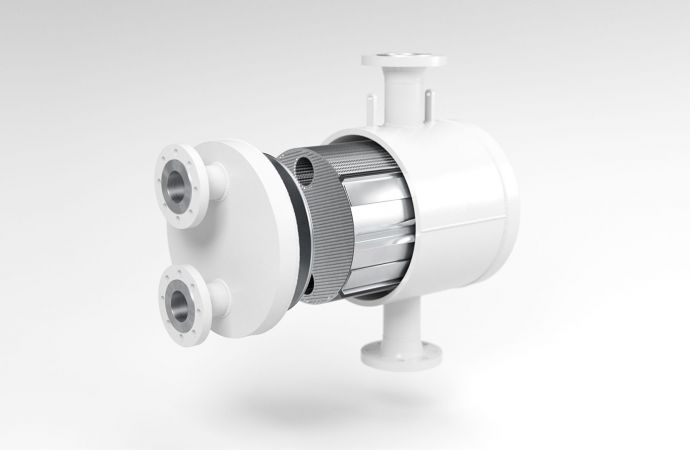On 19 September, California Governor Edmund G. Brown Jr. signed a bill (SB1383) that legally obliges the US state to reduce its emissions of short-lived climate pollutants (SLCPs), including hydrofluorocarbons (HFCs).

The new law establishes the nation’s harshest restrictions against super pollutants.These super pollutants – commonly referred to as short-lived climate pollutants (SLCPs) – include black carbon, fluorinated gases and methane. The bill requires a 40% reduction in HFCs and methane from 2013 levels by 2030, and a 50% reduction of black carbon in the same timeframe.
These targets are legally binding. The California Air Resources Board (CARB) must begin implementing a strategy to reduce emissions no later than 1 January 2018.
"The policies that California is implementing, if achieved worldwide, would cut the expected rate of global warming in half by 2050,” stated Professor Dr. Veerabhadran Ramanathan of the San Diego Scripps Institute of Oceanography.
SB1383 was preceded by SB605, which was signed by Governor Brown in 2014. That bill directed CARB to develop a strategy to address super pollutants, which included the reduction goals that have now became a legal requirement of the recently passed SB1383. CARB is currently finalising the strategy to reduce SLCPs, including measures to cut HFCs, which it expects to publish by the end of the year.
Earlier this month California passed two other progressive bills that aim to reduce overall greenhouse gas emissions by at least 40% below 1990 levels by 2030.
Related stories



